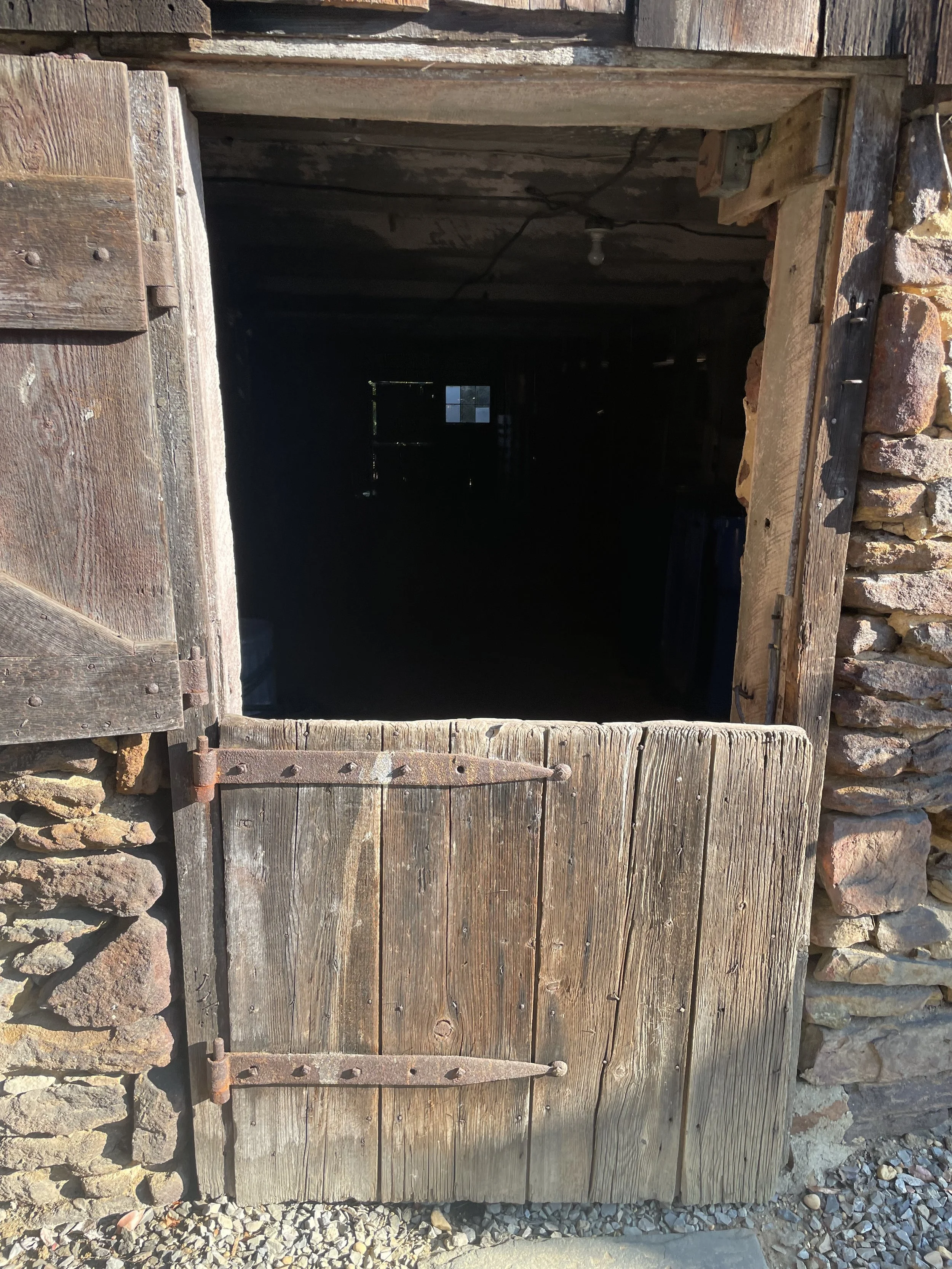How to Prepare for a Tonsillectomy and Adenoidectomy
As a pediatrician who has guided many families through tonsillectomy and adenoidectomy (T&A) recovery and went through it personally with my younger son, I wAs a pediatrician who has guided countless families through tonsillectomy and adenoidectomy (T&A) procedures, I understand this can feel overwhelming. This common surgery removes infected or enlarged tonsils and adenoids that may cause breathing difficulties, recurrent infections, or sleep apnea in children. While routine, proper preparation can make a significant difference in your child's experience and recovery.
Understanding the Procedure
A tonsillectomy removes the tonsils (tissue masses at the back of the throat), while an adenoidectomy removes the adenoids (tissue behind the nasal cavity). The procedure typically takes around a half hour (sometimes less and sometimes more), but your child will spend several hours at the surgical center for pre-op preparation and post-op recovery before going home the same day.
*TIP: I contacted the surgical center beforehand and asked if someone would be able to walk me through the day, step-by-step. An amazing nurse explained it in such detail that I could have cried — she explained how check in would go, where he would change his clothes, how we would check his vitals, when they would bring him back, what the room would look like, where we would wait, where recovery was, who would be in touch with us. I highly recommend this - nurses are angels on earth and give a lot of the ‘real-life’ details that we need before going into surgery.
A lot of you also recommended seeing if there is a Child Life specialist available at your surgical center - I can’t speak enough about the incredible skills that Child Life Specialists bring to kids going through anything medical.
Weeks Before Surgery: Emotional Preparation
Children handle medical procedures best when they understand what to expect. Here are effective ways to prepare them emotionally:
Social Stories
Create or find social stories that walk through the entire experience from arrival at the hospital to recovery at home. These step-by-step narratives help children visualize the process and reduce anxiety about the unknown.
Age-Appropriate Books
These books explain T&A procedures in child-friendly language:
"Good-bye Tonsils!" by Juliana Lee Hatkoff and Craig Hatkoff - A reassuring story of a girl's experience with tonsil surgery.
"Curious George Goes to the Hospital" by Margret and H.A. Rey - While not specific to tonsillectomies, it familiarizes children with hospital settings.
"When Molly Was in the Hospital" by Debbie Duncan - Helps siblings understand what happens during a hospital stay.
"Franklin Goes to the Hospital" by Paulette Bourgeois - Shows how Franklin overcomes his fears about a hospital procedure.
"My Trip to the Hospital" by Mercer Mayer - Another excellent general hospital preparation book with familiar characters.
Practice and Play
Role-play the hospital experience using doctor kits and stuffed animals
Practice lying still for the length of the procedure (use a timer)
Practice deep breathing techniques for staying calm
Have your child practice opening their mouth wide for the doctor
If using a pulse oximeter during the procedure, practice with a pretend one at home
The Day Before Surgery
Follow all instructions regarding fasting (typically no food after midnight and clear liquids until a specified cutoff time)
Give your child a bath or shower
Prepare their comfort items and pack your hospital bag
Answer any last-minute questions with simple, honest explanations
Ensure your child gets adequate rest
What to Pack for Surgery Day
For Your Child
Comfort clothing: Extra pair of pajamas, underwear/pull-ups
Comfort items: Favorite blanket, stuffed animal, or lovey
Hydration supplies: Their own water bottle or sippy cup (the hospital will provide ice chips initially)
Entertainment: Tablet with downloaded movies, coloring books, sticker books, small toys, or puzzles
For smaller children: Diapers, wipes, changing pad
For the Ride Home
Cleaning supplies: Small towels for cleanup, plastic bags for soiled items
Motion sickness preparation: Emesis bags (car sickness can be common after anesthesia)
Neck pillow: For comfort during the ride
For Parents
Comfort items: Light blanket (hospitals can be cold), pillow
Entertainment: Books, tablet, chargers for all devices
Snacks and drinks: For yourself during waiting periods
Documentation: Insurance cards, ID, hospital paperwork
and just remember…
Your preparation and calm demeanor will help your child feel secure during this process. While the recovery period can be challenging, most children return to normal activities within 1-2 weeks after surgery.
Sending you a big hug,
Anjuli
Disclaimer: This blog post is for informational purposes only and should not replace the specific instructions provided by your child's surgeon or healthcare provider. Always follow the post-operative care instructions given by your medical team.

